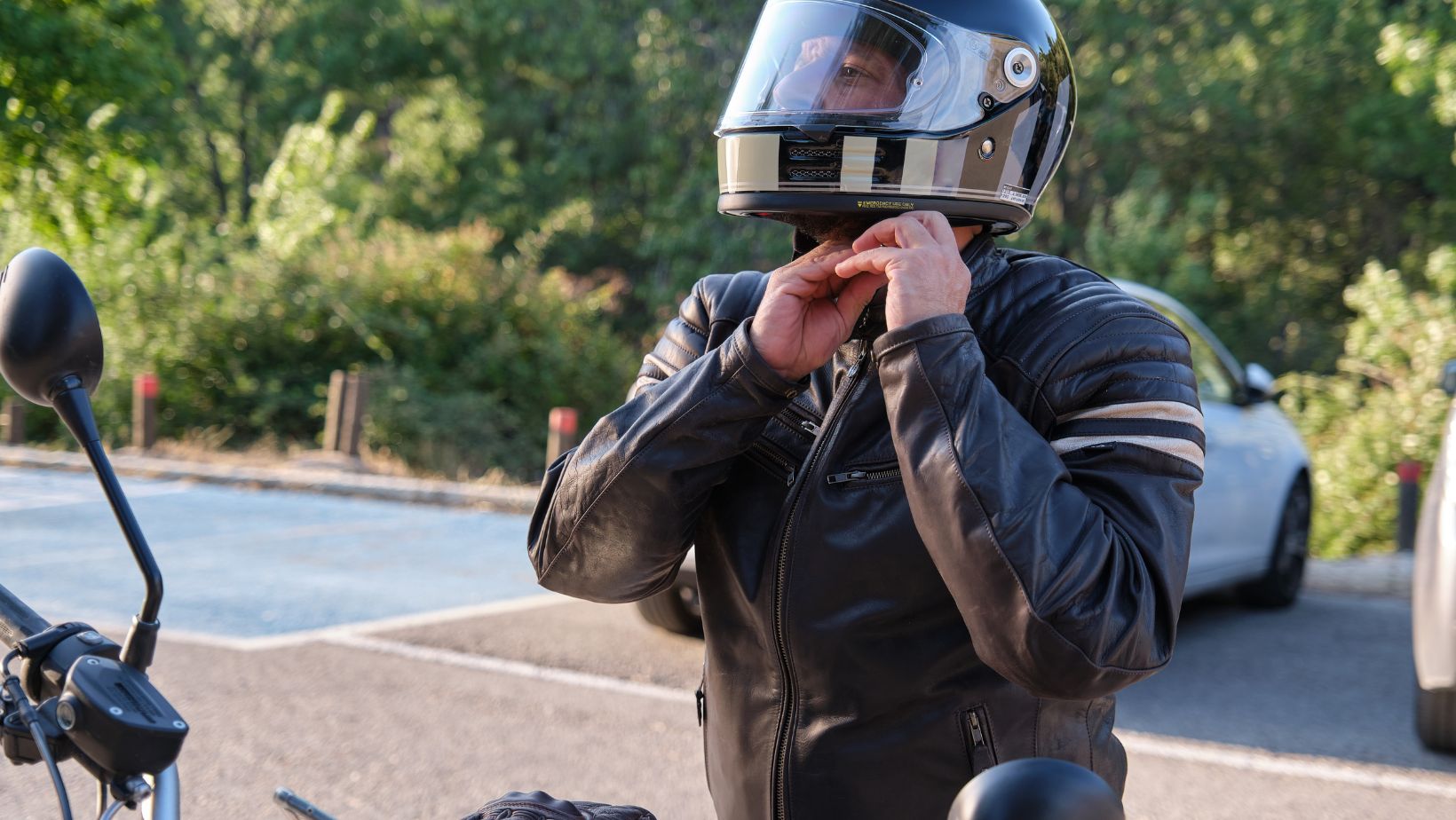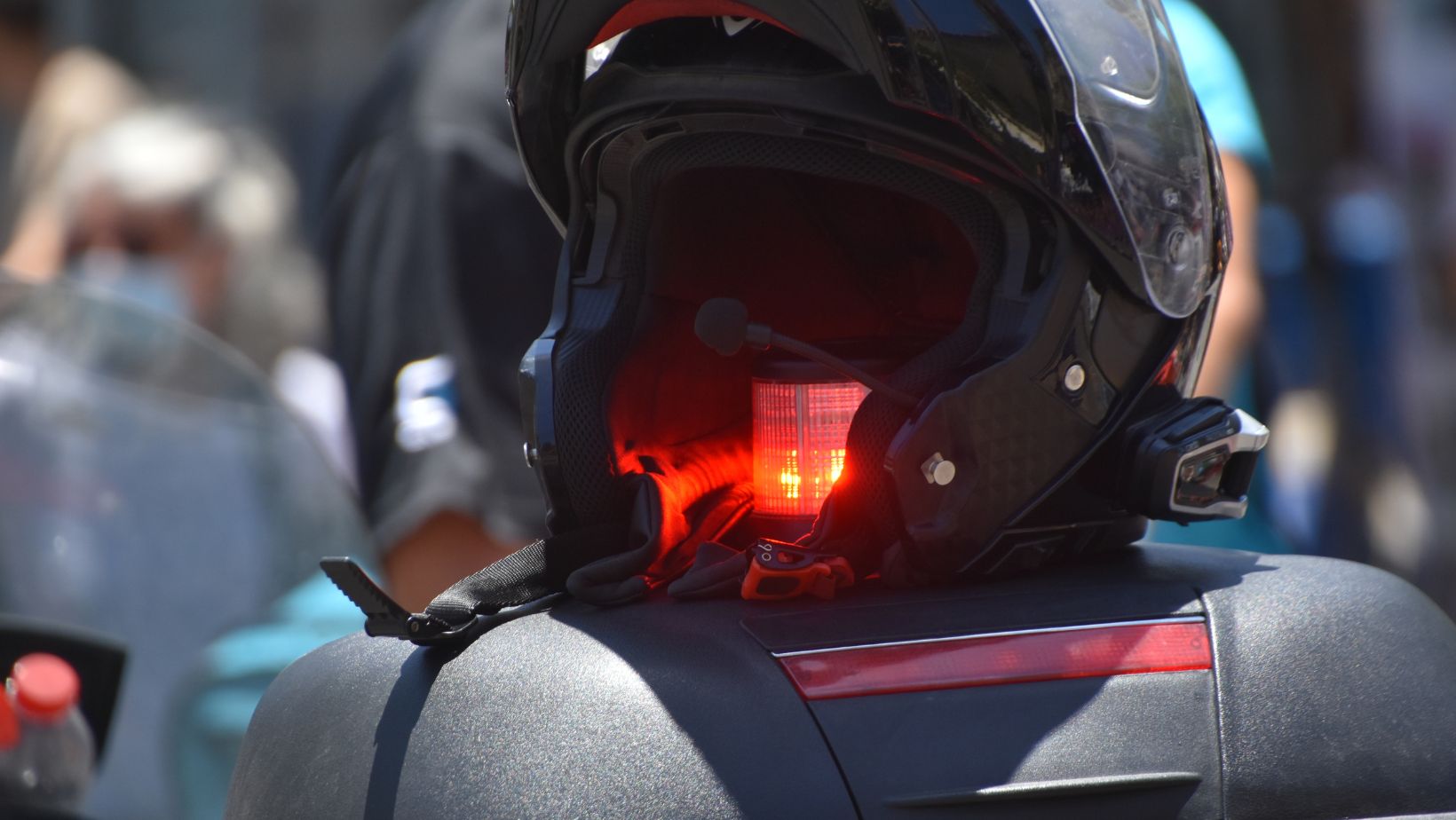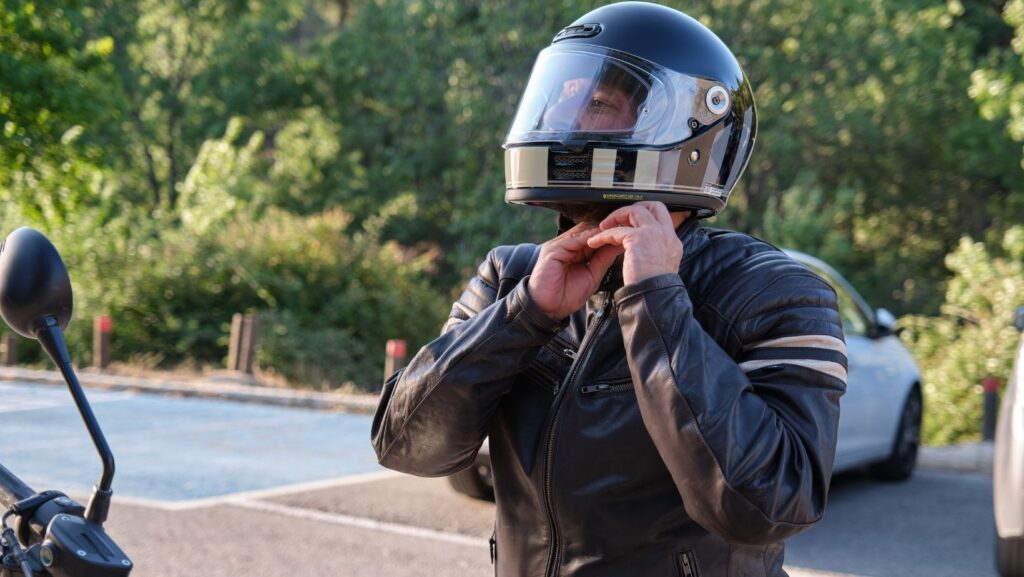
The Golden State has a bit of a reputation. California is often seen as a state that encourages personal freedoms but there are exceptions. A great example is California’s motorcycle helmet laws. They’re some of the strictest in the nation.
Keeping up with these laws is crucial for your safety and to avoid potentially expensive traffic fines. Yep, you can get ticketed for not wearing your motorcycle helmet. Since navigating California motorcycle helmet laws can be challenging. We’re answering your questions so you can stay safe and legal on California roads and highways.
Does California Have Motorcycle Helmet Laws?
Head over to Vehicle Code Section 27803, this expansive statute covers helmet requirements for both motorcycle operators and their passengers. This law doesn’t stop at motorcycles, it also covers motorized and motor-driven bicycles.
The law requires everyone operating or riding on a motorcycle or any type of motorized bicycle to always wear an approved safety helmet. How do you know if your helmet meets state guidelines? As long as your helmet meets U.S. DOT Federal Motor Vehicle Safety Standards, you should be following state law. Since most helmets marketed for motorcycles meet these safety guidelines, finding one shouldn’t be a problem.
Why Does California Enforce Motorcycle Helmet Laws?
California’s helmet laws hit the books in 1992. The law is a response to 1990 statistics indicating around 55% of annual motorcycle accident fatalities are preventable if riders wear protective headgear.
Even though not all motorcycle operators are thrilled to wear a helmet, statistics are showing a decrease in fatalities and traumatic head injuries. The CDC indicates motorcycle helmets can prevent anywhere from 37% to 41% of motorcycle crash fatalities.

Even the healthcare system is seeing the benefits of motorcycle helmets. Between 1991 and 1993, California’s healthcare system saw a 35% decrease in medical care costs associated with motorcycle accidents.
Do I Need to Wear Protective Clothing with a Motorcycle Helmet?
The Golden State does make motorcycle riders wear approved safety helmets but the law stops at your clothing. No, this doesn’t mean you can hop on your bike wearing your underwear and a helmet.
California can have a relaxed dress code in some situations, but not when you’re riding or operating a motorcycle. You’re strongly encouraged to always wear the following any time you jump on a motorcycle:
- Face or eye protection to shield against debris and wind
- A long sleeve jacket, preferably made from a durable material like leather, with reflective material for increased visibility
- Long durable pants
- Over-the-ankle closed-toe riding boots
- Full-fingered motorcycle gloves
Yep, this is a ton of gear and it’s not always comfortable to wear. Even northern parts of Cali can get pretty warm in the summer. Sweating underneath a layer of protective clothing isn’t anyone’s idea of fun. However, it can help you avoid serious injuries if an accident occurs. So, even though state law only addresses motorcycle helmets, it’s still a good idea to wear protective clothing.
What Types of Motorcycle Helmets Can I Legally Wear in California?
State law isn’t limiting you to one specific type of motorcycle helmet. You have a few options. This way, you have an easier time finding a helmet that meets safety guidelines and suits your personality. You can pick and choose from three types of helmets, full-face, modular, and open-face:
- Full-Face Helmets: Offer the best coverage by covering the head and chin. They often include a lock-in visor that provides additional eye protection.
- Modular Helmets: Feature a movable chin guard and a visor to provide a combination of full-face and open-face styles for versatility and comfort.
- Open-Face Helmets: Cover the top and sides of the head but lack a chin strap and visor which increases the risk of facial injuries from debris and weather.
Before you settle on a specific type of motorcycle helmet, think about where you’re riding. For example, if loose gravel and other road debris are a problem, you probably don’t want to go with an open-face helmet. You want the eye protection you get from a full-face helmet. If the terrain frequently switches up, a modular helmet may be your best option.
How Do I Know If It’s the Right Motorcycle Helmet?
Okay, style, color, and even if the helmet has graphic designs are all factors that go into choosing a motorcycle helmet. After all, you don’t want to be embarrassed by your helmet. This may cause you to leave the helmet behind.

You’ve found a great looking motorcycle helmet, now it’s time to check a few other aspects, including:
- DOT Compliance: The helmet must meet U.S. Department of Transportation (DOT) safety standards and have the manufacturer-applied DOT lettering on the back. This lettering should not be a stick-on label or easily removable.
- Proper Fit: The helmet should fit snugly around the head with no obvious defects such as cracks, loose padding, or frayed straps.
- Secure Fastening: The helmet must be securely fastened with the chin straps. This ensures the helmet stays in place during a collision.
- Minimal Movement: When fastened, the helmet should fit securely without lateral or vertical movement.
If the helmet meets these requirements, you’re good to go on California streets.
Can I Wear a Half-Style Motorcycle Helmet in California?
Half-style motorcycle helmets are popular with some riders. Not only do they love how these helmets look, but they appreciate the lack of covering on the face and neck. You get a little more freedom of movement with half-style helmets. Not to mention, they can also look really cool.
While there’s nothing wrong with flaunting your style, safety should always come before appearance. As long as the half helmet meets the state’s safety requirements for motorcycle riders, go ahead and rock the style. However, half helmets can have a downside, even ones meeting all safety standards. Your face and neck aren’t protected and this increases your risk of sustaining serious injuries.
So, the Golden State does require everyone on a motorcycle to always wear a helmet, you have a few options. Before choosing one style of motorcycle helmet over the other, think about your safety needs.



